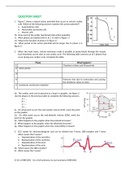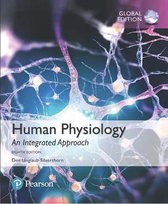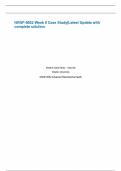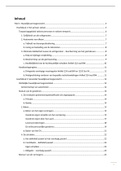Overig
Practise questions BBS1002
- Instelling
- Maastricht University (UM)
- Boek
- Human Physiology
25 practice questions for block 2 (BBS1002 / Homeostasis and Organ Systems) - these 25 questions are an addition to the pictorial and schematic summary of BBS1002
[Meer zien]







